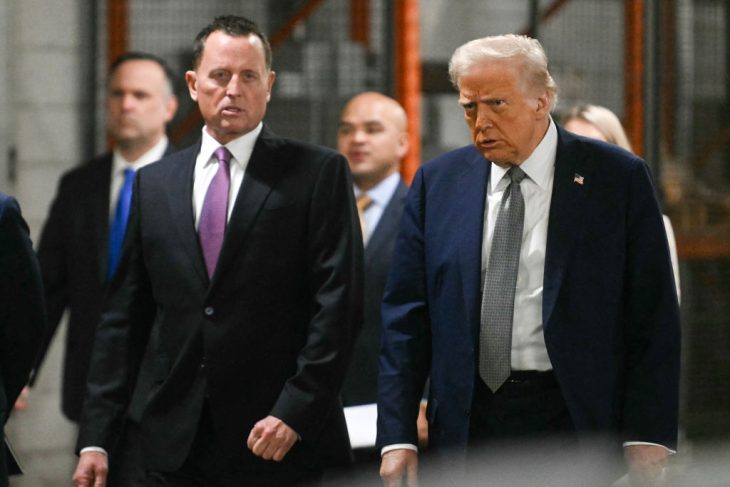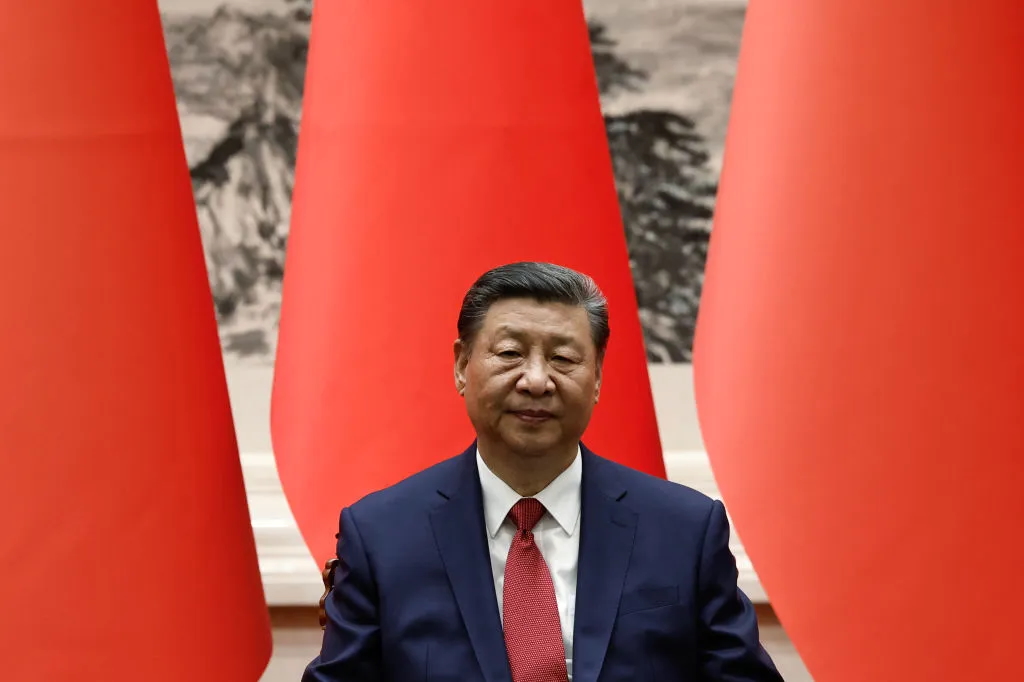When there are acts of violence on a campaign trail, we often hear about how this is a commentary on our uniquely toxic, hyper-partisan times. You won’t have to go far to find people now seeking to blame Donald Trump for stirring up the forces that almost killed him last night. But running for president in the United States is — and always has been — a very risky business. Every major candidate is an assassination target — and is given security detail to reflect this obvious fact.
Let’s look at the history. In 1835, Richard Lawrence tried to shoot President Andrew Jackson. In 1865, Abraham Lincoln was assassinated by John Wilkes Booth. In 1881, Charles Guiteau shot and killed President James A. Garfield. In 1901, Leon Czolgosz killed President William McKinley. In 1912, Theodore Roosevelt, who was running for president again, was shot in the chest by John Schrank while campaigning in Milwaukee. He carried on speaking with a bullet still in his body.
In 1933, President Franklin D. Roosevelt survived an assassination attempt by Giuseppe Zangara in Miami. In 1963, Lee Harvey Oswald killed JFK. In 1968, Sirhan Sirhan killed JFK’s brother Bobby Kennedy, who was campaigning to be president. In 1972, Arthur Bremer shot segregationist George Wallace who was running for president. In 1981, President Ronald Reagan was shot and wounded by John Hinckley Jr. outside the Hilton in Washington, DC.
None of this is to say that the killing in Pennsylvania yesterday of a spectator — and the attempted murder of the candidate — was not a shocking and significant moment. Donald Trump’s defiant response to the shooting will deliver a significant boost to his ratings and chances of his re-election. The young man who tried to murder him will go down as a small note in history. But his act is in keeping with America’s tempestuous and often brutal political past.
This article was originally published on The Spectator’s UK website.


























Leave a Reply